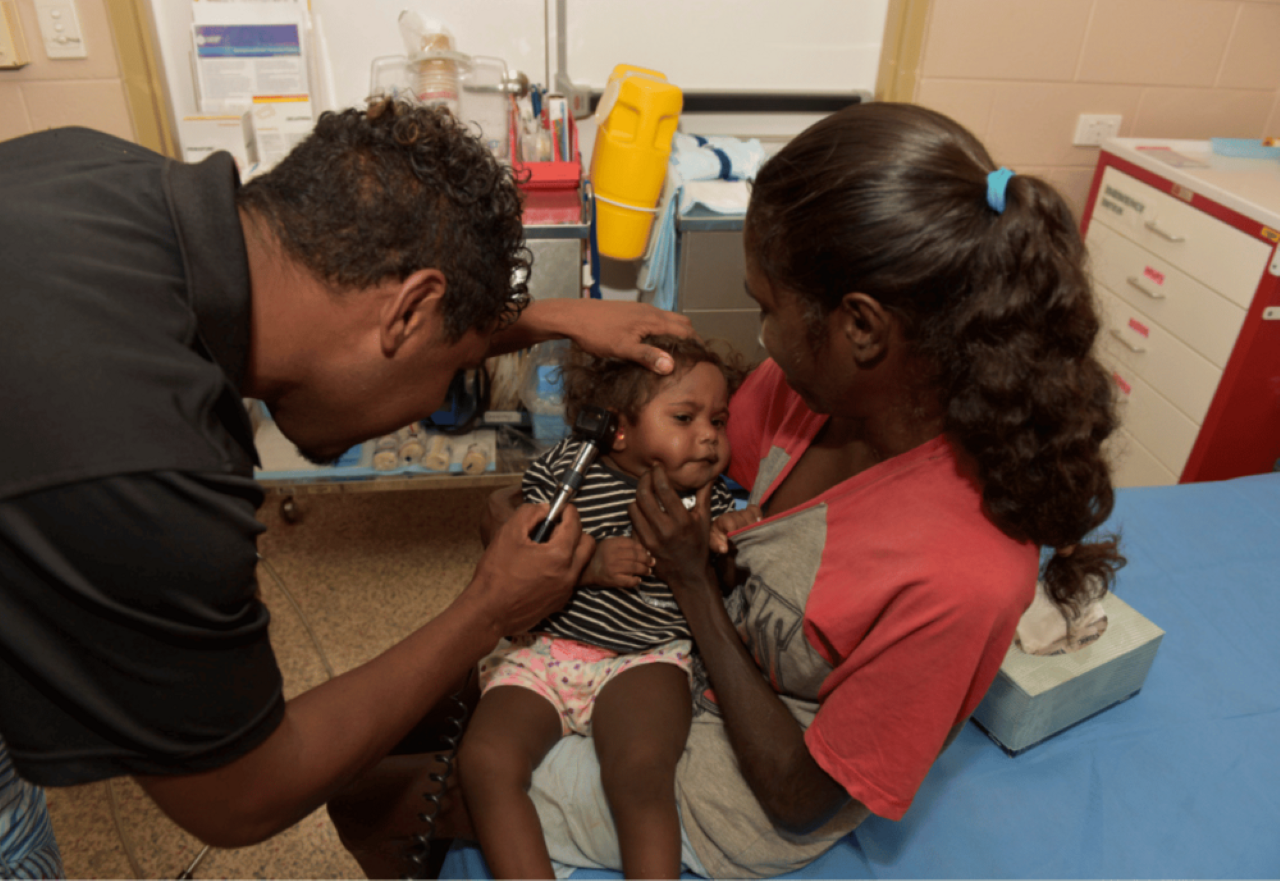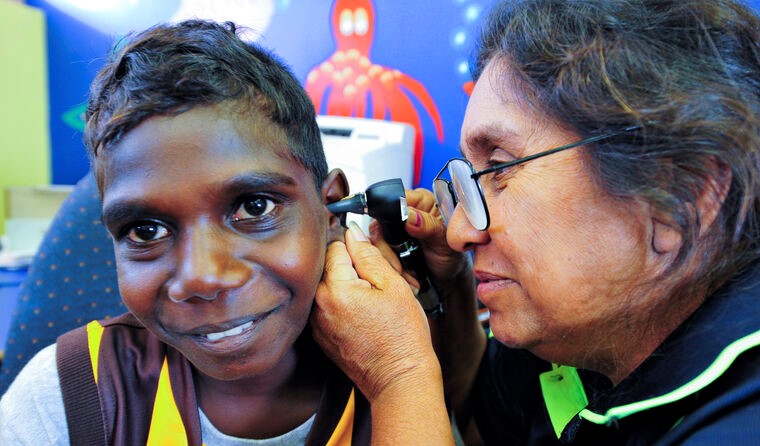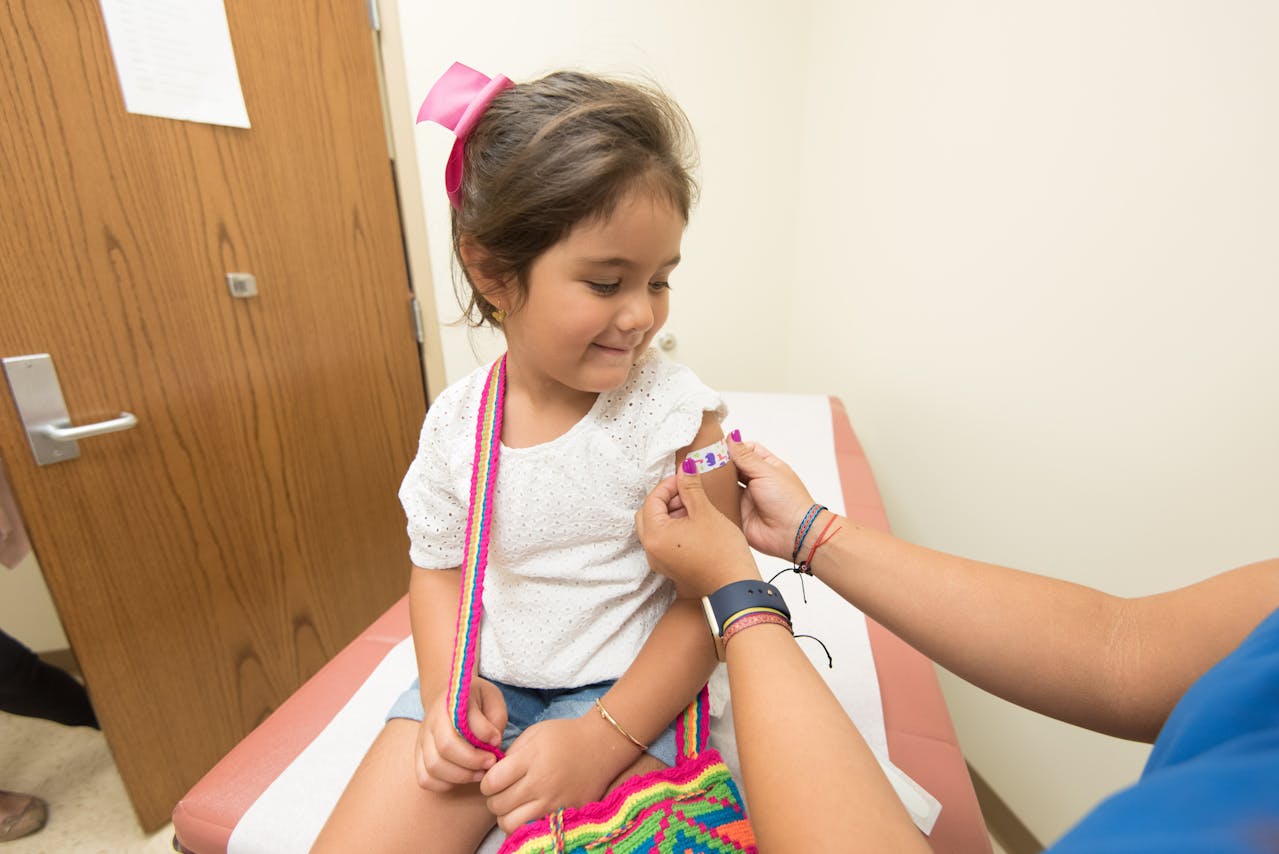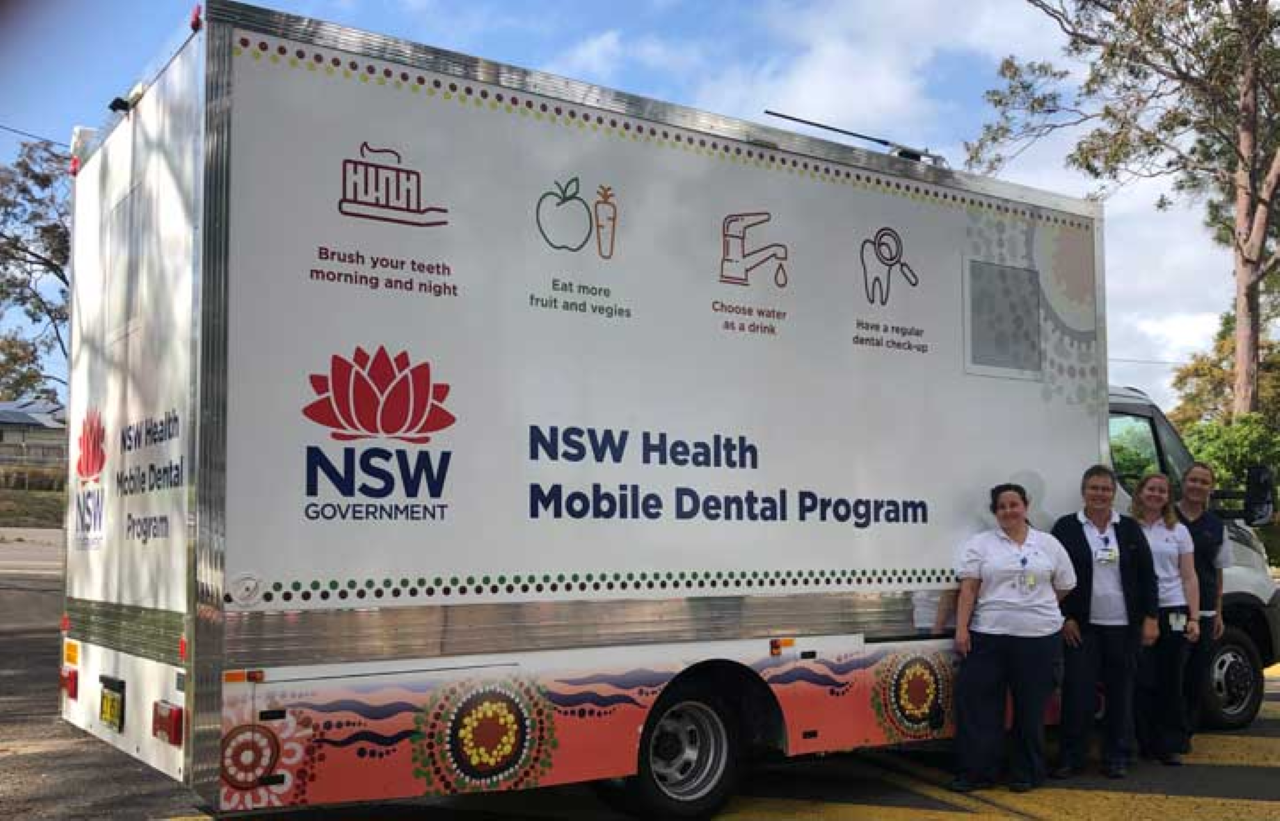The hidden harm of fluctuating ear disease in First Nations children
Kristin Murdock
20 July 2025, 4:40 AM

Hearing Australia and local health advocates are urging continued focus on a silent but urgent health issue affecting many young Aboriginal children across the Western Plains — chronic and fluctuating ear disease.
New clinical findings reveal that more than one in three Aboriginal and Torres Strait Islander children experience fluctuating ear disease, while eight per cent face persistent issues.
In regional areas like Bourke, Walgett, Coonamble and Brewarrina, these often-invisible conditions are known to delay speech, learning and social development — long before school even begins.
Yorta Yorta woman Kirralee Cross, from Hearing Australia’s First Nations Services Unit, said the problem can begin very early in life and often without symptoms.
“It can impact a child’s hearing over time and their ability to develop important listening, speech and language skills,” she said.
“Our findings are a powerful reminder that the fight against preventable hearing loss must remain a national priority, especially in a child’s early years.”
Middle ear infection (otitis media) remains alarmingly common among First Nations children in western NSW.
Ms Cross said ear infections in Aboriginal children typically occur more often, start earlier and last longer.

Ensuring young Indigneous people have excellent hearing helps with the sharing of language, song and art.
“There’s an urgent need for action at many levels – from the health system, service providers, practitioners, and parents or caregivers,” she said.
She also highlighted the cultural implications, pointing out that First Nations cultures are shared through language, dance, song and art.
"Not only do we need to ensure our children can hear well to learn, but we also need our children to hear well to learn the stories being passed down by Elders to help keep our culture alive.”
In 2022–23, Hearing Australia assessed 14,435 First Nations children, the highest number since the HAPEE (Hearing Assessment Program – Early Ears) began in 2019.
“The good news is we are making headway in seeing children and getting them the help they need,” Ms Cross said.
The data also showed around 60 per cent of children had improved hearing health when seen at a follow-up appointment.
But she cautioned that more needs to be done to raise awareness around regular ear health checks to identify children who might otherwise slip through the cracks.
“Our team has supported the upskilling of more than 1,000 health workers in hearing health," she said.
"It means more kids can be screened regularly and those identified as having a possible hearing problem can then be prioritised and seen by an audiologist.”
One such tool is the five-minute PLUM (Parent-evaluated Listening and Understanding Measure) checklist, developed with Aboriginal communities.
It’s been shown to be 91 per cent accurate in identifying children with serious hearing issues.
“The findings show PLUM identifies children who are both likely, and not likely, to have long-term ear health and hearing trouble,” Ms Cross said.
“This helps health practitioners know when to give reassurance to families and when prompt action is needed.”
In the Western Plains, services such as the Coonamble Aboriginal Health Service and Walgett Aboriginal Medical Service are partnering with Hearing Australia to deliver these tools.
Some, like Karadi Aboriginal Corporation in NSW, have begun screening children two weeks before audiologists arrive — ensuring children most in need are prioritised.
Hearing Australia’s goal is to halve the rate of hearing loss in Aboriginal and Torres Strait Islander children by 2029.
“We’re working with communities and local services to build primary health workforces across Australia,” Ms Cross said.
“Our hope is that more First Nations children with ear health problems will be identified and connected with support early, so that ear trouble doesn’t stop them from learning and thriving.”



